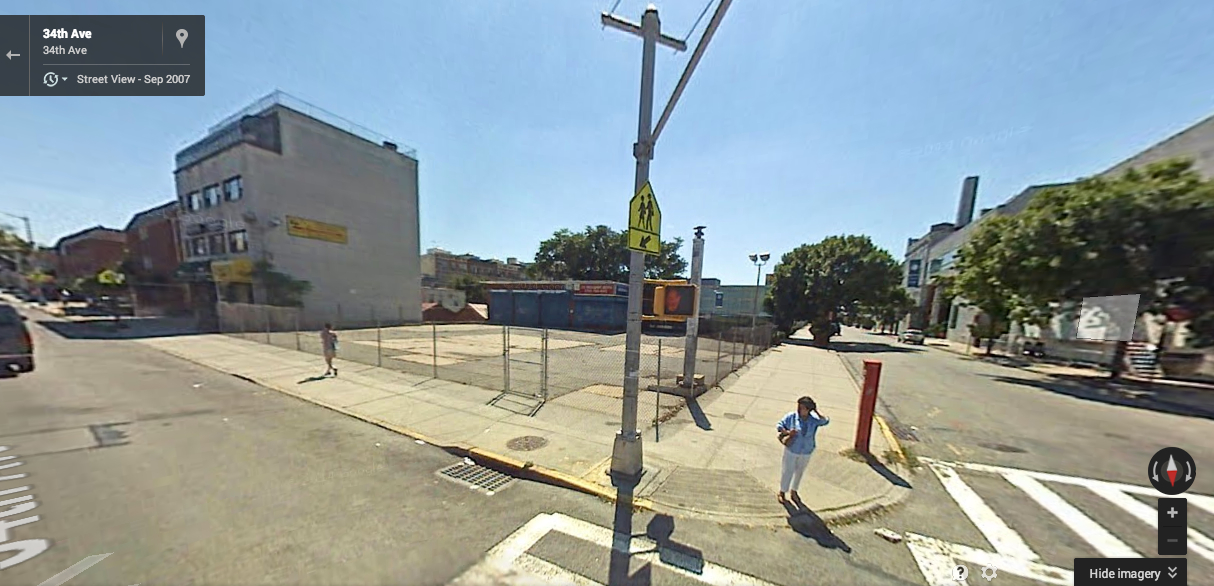In the annals of SearchResearch history, there are sometimes tiny errors, sometimes huge blunders, and sometimes there are things that are small, but deeply annoying, and often repeat themselves.
Here, today, are "Three Classic Mistakes" that I've made over the years. These aren't huge, but if you can learn from them and save yourself the hassle--so much the better.
To answer these, please post what you think I did wrong in each case. What's your diagnosis, doctor?
1. My missing friend's article. I have a friend by the name of Sean Carlson. A former Googler, he now writes beautifully about Ireland and the experiences of an Irish transplant to America. One day last year he mentioned to me that he had an article published in the New York papers about being Irish and an immigrant. "That's fantastic!" I thought. About a month later I remembered that I wanted to read it, so I started checking the New York Times for his article. I did the obvious search: [ site:NYTimes.com Sean Carlson ] But much to my surprise, I couldn't find his article. I eventually found it by modifying my query, but what did I do wrong here?
2. Another friend's missing G+ post. I have another friend named Jaime Teevan (a nice, uncommon name for searching!). Most remarkably, this past week she and her 10-year-old son walked 100 miles from their home to a "local" amusement park. I knew that she'd just put a post onto G+. So I went to G+ and did a Control-F to find her name (and hence the post). But there were no hits! What? Later, I went back and did the same thing, and FOUND her post. What happened? Why could I not find it the first time, but I could find it the second time? (I checked--she had posted it to G+ several hours earlier, so it really was there, but Control-F couldn't find it. And no, I didn't misspell her name.)
3. A missing conversation with a friend. My third friend and I had a long conversation last night; back and forth we messaged each other to figure out what to do about a particular technical problem that came up. This morning, when I went to my Gmail to find the instant messaging thread, there was nothing there. Oh, I could open up the IM I sent to him and find some text, but I couldn't figure out where the long text of our conversation had gone. Do you have any idea about what could have happened here? Where can I find out longish back-and-forth conversation? Any ideas?
I'm posting these "Classic Mistakes" because each illustrates a kind of Search Challenge (and therefore a Search Lesson) that I've had in my own life. (Yes, these are all real problems where I couldn't find something, and had to figure out what to do next.)
So tell me: When you read these situations, what would you do? How did I solve each of these little search problems? What did I do wrong in each case?
Let us know what YOU think I messed up.
Answers on Friday.
Search on!





































